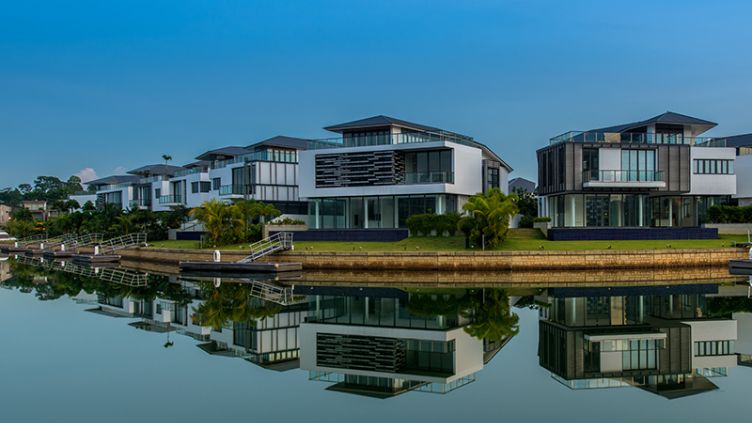Sri Lanka charges ahead
A massive construction boom is taking place in Sri Lanka as the country engages in a frantic race to boost efficiencies in its economy though infrastructure spending with the help of Japan and China.
A massive construction boom is taking place in Sri Lanka as the country engages in a frantic race to boost efficiencies in its economy though infrastructure spending with the help of Japan and China. Japan is funding two new Light Rail Transit systems in Colombo while China is offering assistance through its US$124 billion “One Belt, One Road” initiative that has already transformed the country’s trade network.
Attracting more Foreign Direct Investment (FDI) is a priority for the Sri Lankan government this year and real estate investment will play a pivotal role in achieving it. “The country is aggressively targeting FDI to the tune of US$3 billion in 2017,” says A Shankar, JLL’s Head of Operations – Strategic Consulting in India and Sri Lanka. “The policy framework to attract FDI is much clearer than before, especially for the real estate and construction sectors.”
Capital Development
The real estate sector, in particular, continues to thrive. Colombo’s skyline is changing with high rise office towers and luxury projects like the distinctive ‘Lotus Tower’, poised to be the tallest tower in South Asia, and ‘Altair’ which has been designed by star architect Moshe Safdie.
“With GDP growth set to remain at about six percent, there will likely be sustained demand for commercial offices, in particular grade-A office space, from the banking and financial services, and even government agencies over the course of the year,” says Steven Mayes, Managing Director of JLL Sri Lanka. “The luxury residential sector has reasonably good supply considering the growing average absorption, while middle income housing is also performing well.”
Colombo Financial City, previously Port City, is a key part of Sri Lanka’s US$40 billion Western Region Megapolis Project. “This project covering a total area of 3,600 square kilometers will serve as a blueprint for redeveloping Colombo and its surroundings suburbs,” notes Shankar. “Once completed, the area will see an estimated 5.7 million square meters of built-up space spread across residential, office, retail, hospitality, leisure and other ancillary uses and is estimated to bring in over US$13 billion in FDI.”
Infrastructure boost
To date, Sri Lanka has boosted connectivity by expanding its road, rail, port and air networks. Currently the Colombo port is the most efficient in South Asia, and there is the ongoing construction of the Southern Railway Project and the Hambantota Port alongside a 6,000-hectare special industrial zone on an adjacent site as part of the Maritime Silk Road.
“The China One Belt One Road initiative in Sri Lanka will aid growth in the country’s economy by boosting trade and generating investor interest in a myriad of industries and opportunities,” observes Mayes.
Stuart Crow, JLL’s Head of Asia Pacific Capital Market explains why companies are already showing an interest. “Looking ahead, the One Belt, One Road Initiative creates significant opportunities for corporations to participate in a range of projects, especially those involved in construction or infrastructural works.”
Experiencing Sri Lanka’s hospitality
Sri Lanka’s emergence has led to more hospitality opportunities. “Sri Lankan tourism continues to boom with a record 2.1 million international arrivals in 2016, an annual increase of 14 percent,” says Frank Sorgiovanni, JLL’s Head of Research APAC, Hotels and Hospitality. “2.5 million visitors is the country’s target for 2017; and over four million by 2020. Sri Lanka’s tourist arrivals are comparable to countries such as Vietnam and the Philippines with strong and varied offerings.”
Sorgiovanni adds that the investment in the port and continued infrastructure development in Colombo have further stimulated hospitality demand across all segments and areas of the country. The Southern area in particular is attractive for hospitality players. And Weligama, famed for its sandy beaches, will see Sri Lanka’s first Marriott property in July this year.
“The south-west coast, which caters to the leisure segment, is generally considered the driver for the leisure travel,” says Vijitha Wijesuriya, Director of East West Properties PLC which has a partnership with Marriott. “It will represent the largest segment of travellers into Sri Lanka with about 1,800 keys added over the next three years.
Like Sorgiovanni, Wijesuriya believes that there will be continued demand for leisure travel in Sri Lanka with the entry of these branded hotels, international standard inventory and growth in tour operator driven business.



